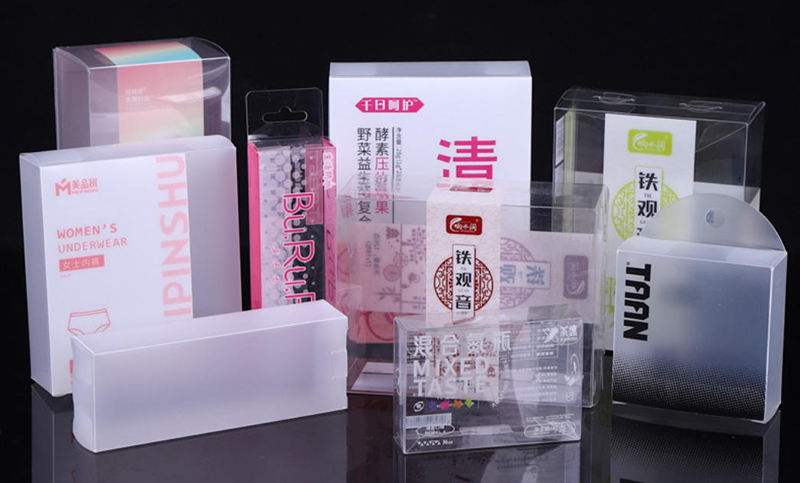Translucent plastic packaging, with its subtly revealing visual effect, retains the transparency of product display while adding a sense of mystery and sophistication through its hazy design, making it a popular choice for cosmetics, food, and electronics.
Polypropylene (PP) plastic can achieve varying degrees of transparency through processing adjustments. Unstretched PP film has better transparency than PE and significantly improved heat resistance, often used for food packaging such as biscuits and nuts that require high-temperature sterilization. Bis-oriented polypropylene (BOPP) film, through molecular orientation, achieves transparency approaching that of cellophane, while also possessing excellent abrasion resistance and moisture resistance, making it an ideal translucent packaging material for high-end products such as cigarettes and cosmetics.
Low-density polyethylene (LDPE) is the "soft" option among semi-transparent plastic packaging. This material is lightweight and has a smooth feel, commonly used in food packaging. For example, it is frequently found in individual packaging for pastries, candies, and tea, as well as dust bags for shirts and synthetic fiber products. Its advantages lie in its good water resistance and heat-sealing properties, but its heat resistance is relatively weak, making it unsuitable for high-temperature retort processes.
High-density polyethylene (HDPE) is known for its toughness. While its transparency is slightly lower than LDPE, its high crystallinity gives the material higher strength and puncture resistance. HDPE packaging is commonly found in garbage bags, shopping bags, and food storage bags. Some high-end brands also use it to make translucent storage boxes, combining practicality and design. For example, frozen food packaging in supermarkets often uses HDPE, which can resist low-temperature cracking and allows consumers to quickly identify the contents through its translucent design.
Polyester (PET) is the "all-rounder" in translucent packaging box. Its film has high transparency, good gloss, and excellent mechanical properties and chemical resistance, making it widely used in beverage bottles, oil bottles, and cosmetic bottles. For example, a limited-edition translucent PET bottle launched by a mineral water brand, with its gradient color design, allows the liquid inside to complement the bottle's color, becoming a "viral item" on social media. In addition, PET can also be made into blister packs, which, combined with paper cards, form semi-blister packaging that both displays the product and makes it easy to access. These are commonly found on supermarket shelves for batteries, stationery, and other goods.
Polyvinyl chloride (PVC) excels in its "functionality-oriented" approach. Flexible PVC, by adding plasticizers, can be made into highly transparent films, commonly used in gift bags and cosmetic packaging. For example, a luxury brand's tote bag uses semi-transparent PVC material, lined with the brand's signature colors, protecting the product while showcasing the brand's identity. Rigid PVC, on the other hand, is made into transparent boxes through thermoforming processes, used for display packaging of electronic products and toys; its high transparency and ease of processing are highly favored by brands.
Translucent box plastic packaging is continuously expanding its application boundaries through the dual impetus of materials science and process technology. Driven by environmental trends, the introduction of biodegradable materials and the design of recyclable packaging are opening up new possibilities for the future development of semi-transparent plastic packaging.


copyright @ 2025 Xiamen Jiangxin Plastic Box Co., Ltd. All Rights Reserved.
Sitemap
/ Blog
/ Xml
/ Privacy Policy
 Network Supported
Network Supported